Download
1. “An all fiber-optic multi-parameter structure health monitoring system.” Hu, C., Yu, Z. and Wang, A., 2016. Optics express, 24(18), pp.20287-20296.
link: https://opg.optica.org/oe/fulltext.cfm?uri=oe-24-18-20287&id=349058
“In this work, an all fiber-optics based multi-parameter structure health monitoring system, which is able to monitor strain, temperature, crack and thickness of metal structures is presented. This system is composed of two optical fibers, one for laser-acoustic excitation and the other for acoustic detection. The feasibility of this system is demonstrated on an aluminum test piece by the monitoring of the temperature, strain, and thickness changes, as well as the appearance of an artificial crack. The work in this paper is sponsored by the National Energy Technology Lab (NETL) at the U.S. Department of Energy (DOE).”
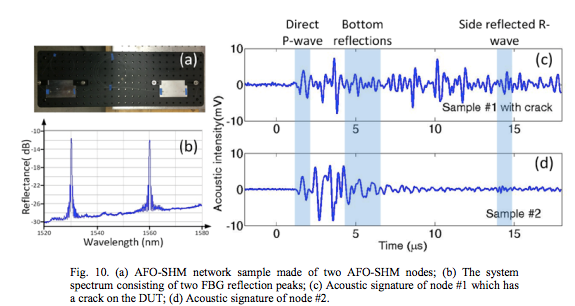
2. “Smart remote nodes fed by power over fiber in Internet of Things applications.” López-Cardona, J.D., Montero, D.S. and Vázquez, C., 2019. IEEE Sensors Journal, 19(17), pp.7328-7334.
link: https://ieeexplore.ieee.org/abstract/document/8709958
“In this paper, a sensing system design for magnetic field monitoring, fire and temperature/presence detection, and remotely fed by optical means is discussed. This design includes two types of nodes, smart and passive. Smart remote nodes have an energy manager to provide power on demand. Asymmetric splitting is proposed to optimize power distribution. Some tests on remote node power consumption, feeding, sensing, and centralized monitoring in one type of those nodes are successfully performed and reported.”
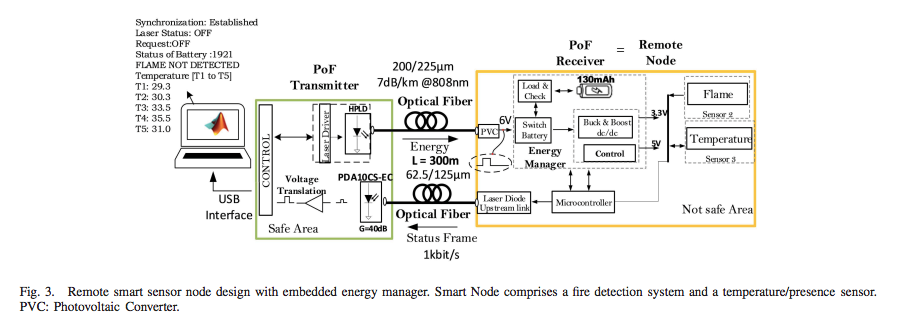
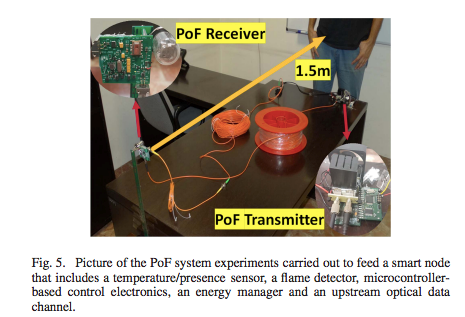
3. “Distributed acoustic sensing turns fiber-optic cables into sensitive seismic antennas.” Zhan, Z., 2020. Seismological Research Letters, 91(1), pp.1-15.
This review paper gives an insight into the application of Distributed Acoustic Sensing technology in seismic purposes. The authors state that: “DAS arrays should enrich the three major areas of local and regional seismology: earthquake monitoring, imaging of faults and many other geologic formations, and hazard assessment. Recent laboratory and field results from DAS tests underscore its broad bandwidth and high-waveform fidelity. Thus, while still in its infancy, DAS already has shown itself as the working heart—or perhaps ear drums— of a valuable new seismic listening tool.” The authors see the potential implementation of the technology in into ocean-bottom seismology, glacial and related cry seismology, and seismology on other solar system bodies.
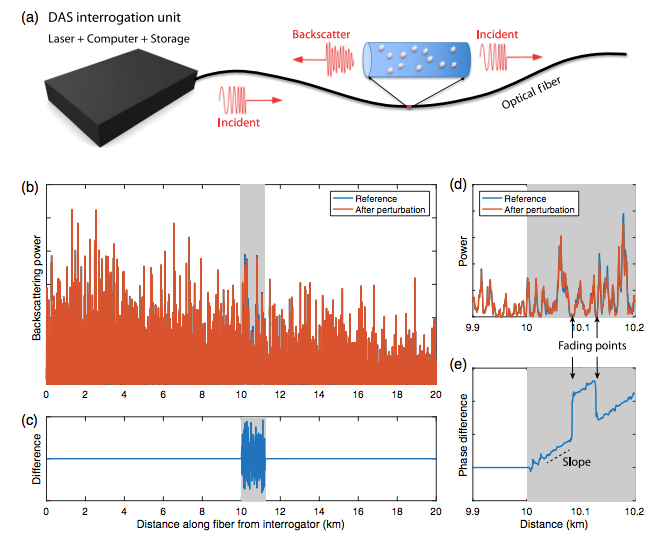
4. “Distributed optical fiber sensing: Review and perspective.” Lu, P., Lalam, N., Badar, M., Liu, B., Chorpening, B.T., Buric, M.P. and Ohodnicki, P.R., 2019 Applied Physics Reviews, 6(4), p.041302.
link: https://aip.scitation.org/doi/abs/10.1063/1.5113955
“This work is focused on a review of three types of distributed optical fiber sensors which are based on Rayleigh, Brillouin, and Raman scattering, and use various demodulation schemes, including optical time-domain reflectometry, optical frequency-domain reflectometry, and related schemes. Recent developments of various distributed optical fiber sensors to provide simultaneous measurements of multiple parameters are analyzed based on their sensing performance, revealing an inherent trade-off between performance parameters such as sensing range, spatial resolution, and sensing resolution. This review highlights the latest progress in distributed optical fiber sensors with an emphasis on energy applications such as energy infrastructure monitoring, power generation system monitoring, oil and gas pipeline monitoring, and geothermal process monitoring. This review aims to clarify challenges and limitations of distributed optical fiber sensors with the goal of providing a pathway to push the limits in distributed optical fiber sensing for practical applications.”
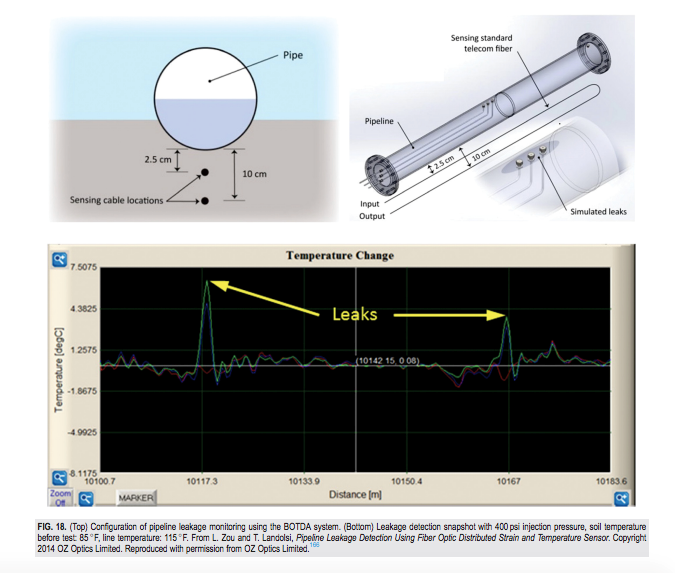
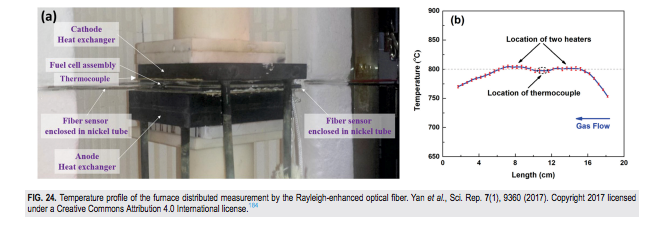
5. “A review on optical fiber sensors for environmental monitoring.” Joe, H.E., Yun, H., Jo, S.H., Jun, M.B. and Min, B.K., 2018. International journal of precision engineering and manufacturing-green technology, 5(1), pp.173-191.
link: https://link.springer.com/article/10.1007/s40684-018-0017-6
“In this paper, the optical fiber sensors employed in environmental monitoring are summarized for understanding of their sensing principles and fabrication processes. Numerous specific applications in petroleum engineering, civil engineering, and agricultural engineering are explored, followed by discussion on the potentials of OFS in manufacturing.”
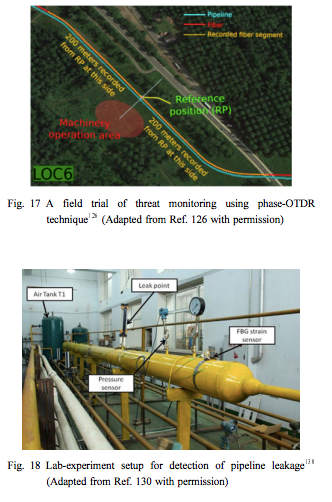
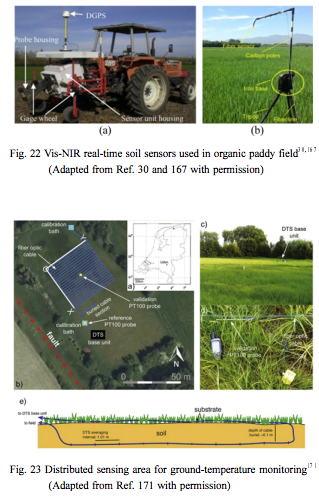
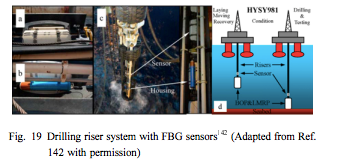
6. “A comprehensive study of optical fiber acoustic sensing.” Wang, Y., Yuan, H., Liu, X., Bai, Q., Zhang, H., Gao, Y. and Jin, B., 2019. IEEE Access, 7, pp.85821-85837.
link: https://ieeexplore.ieee.org/abstract/document/8744553
“This paper presents an overview of the recent advances of optical fiber acoustic sensing system in the applications of military defense, structural health monitoring, petroleum exploration and development. The optical fiber acoustic sensing system is suitable for long-distance monitoring for the acoustic wave generated by the external disturbances. According to the continuity of sensing units, quasi-distributed and distributed optical fiber acoustic sensing technologies are differentiated to meet different application requirements. On the one hand, the recent progress of Fabry-Perot interferometer (FPI) focusing on the diaphragm materials, and the research hotspots of Fiber Bragg grating (FBG) about the continuous array are firstly reviewed. On the other hand, Mach-Zehnder interferometry (MZI), Michelson interferometry (MI), Sagnac interferometry (SI), have developed rapidly in the aspect of demodulation algorithm optimization for the sensing performance improvement.”
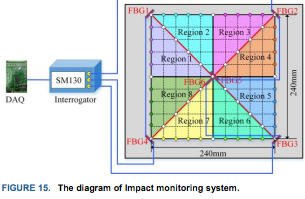
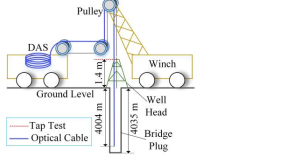
7. “Distributed optical fiber sensors based on optical frequency domain reflectometry: A review.” Ding, Z., Wang, C., Liu, K., Jiang, J., Yang, D., Pan, G., Pu, Z. and Liu, T., 2018. Sensors, 18(4), p.1072.
link: https://www.mdpi.com/1424-8220/18/4/1072
“In this review, we will survey the key technologies for improving sensing range, spatial resolution and sensing performance in DOFS based on OFDR. Here are also introduced the sensing mechanisms and the applications of DOFS based on OFDR including strain, stress, vibration, temperature, 3D shape, flow, refractive index, magnetic field, radiation, gas and so on.

8. “A review of recent distributed optical fiber sensors applications for civil engineering structural health monitoring.” Bado, M.F. and Casas, J.R., 2021. Sensors, 21(5), p.1818.
link: https://www.mdpi.com/1424-8220/21/5/1818
“The presented work is a comprehensive collection of recently published research articles on Structural Health Monitoring (SHM) campaigns performed by means of Distributed Optical Fiber Sensors (DOFS). The latter are cutting-edge strain, temperature and vibration monitoring tools with a large potential pool, namely their minimal intrusiveness, accuracy, ease of deployment and more. Its most state-of-the-art feature, though, is the ability to perform measurements with very small spatial resolutions (as small as 0.63 mm). This review article intends to introduce, inform and advise the readers on various DOFS deployment methodologies for the assessment of the residual ability of a structure to continue serving its intended purpose. By collecting in a single place these recent efforts, advancements and findings, the authors intend to contribute to the goal of collective growth towards an efficient SHM. The current work is structured in a manner that allows for the single consultation of any specific DOFS application field, i.e., laboratory experimentation, the built environment (bridges, buildings, roads, etc.), geotechnical constructions, tunnels, pipelines and wind turbines.”
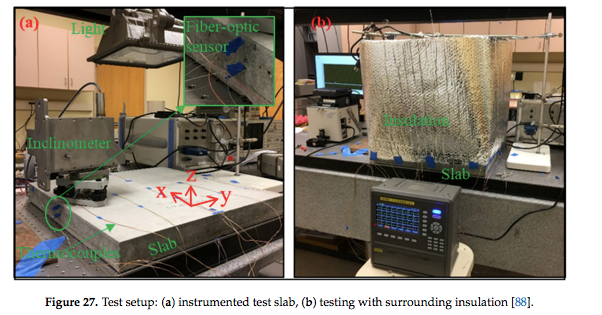

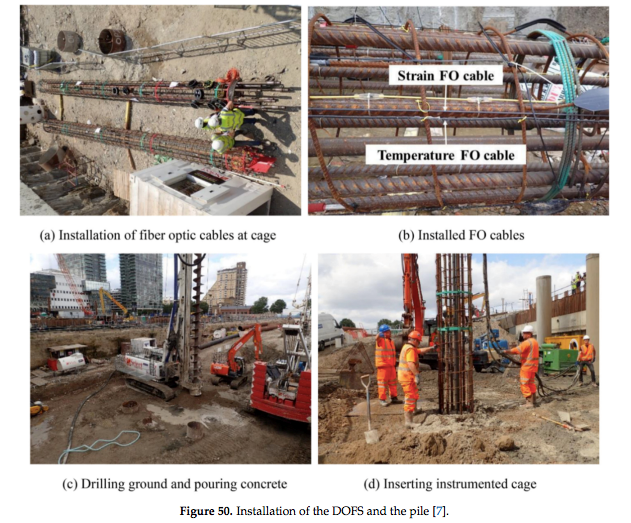
9. “Review on fiber-optic sensing in health monitoring of power grids.” Chai, Q., Luo, Y., Ren, J., Zhang, J., Yang, J., Yuan, L. and Peng, G., 2019. Optical Engineering, 58(7), p.072007.
“In this paper, key fiber-optic sensing technologies, including fiber Bragg gratings, fiber-optic interferometers, optical time domain reflectometries and their applications in three main parts of power grids, transformers, power towers, and overhead transmission lines, during the past 20 years are reviewed. Optical fiber composite overhead ground wire and optical phase conductor applied in power grids are the areas of great potential to go further. The perspectives of an intelligent fault diagnosis subsystem for power grids based on a fiber-optic sensing network are discussed, and related on-going work is described. The review shall be of benefit to both engineers and researchers in power grids and fiber-optic sensing.”
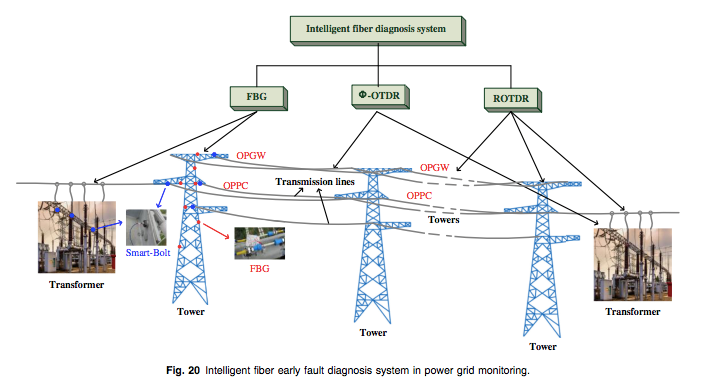
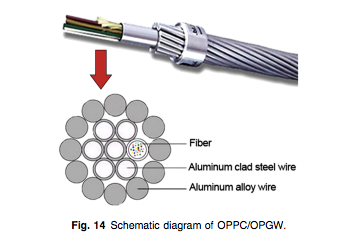
10. “Using fibre optic cables to deliver intelligent traffic management in smart cities.” Hall, A.J. and Minto, C., 2019. In International Conference on Smart Infrastructure and Construction 2019 (ICSIC) Driving data-informed decision-making (pp. 125-131). ICE Publishing.
Link: https://www.icevirtuallibrary.com/doi/full/10.1680/icsic.64669.125
This paper describes the optimal use of road infrastructure that is vital to managing the impact of rapidly increasing traffic volumes and minimizing congestion and journey times. “Distributed Acoustic Sensing converts a standard single mode telecoms fibre optic cable into an array of distributed sensors to deliver spatially and temporally rich traffic management information. Using new or existing fibre optic infrastructure as an intelligent traffic sensor allows faster, less disruptive and more economical deployments of traffic management solutions, enabling city authorities to intelligently manage traffic flow and reduce emissions.”


www.dastsensing.net
